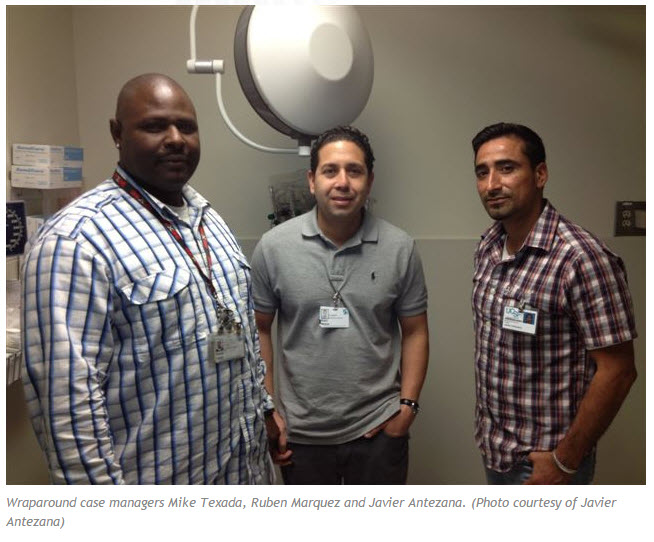Victims of Gun Violence Find Lifeline at San Francisco Hospital
NBC Latino reports on the work of San Francisco General Hospital’s violence-intervention program, The San Francisco Wraparound Project:
Javier Antezana is one of the first people to approach a patient’s bedside when doctors rush a gunshot victim to the emergency room but he’s no surgeon. As a case manager for the San Francisco General Hospital’s violence-intervention program, his job is to think past the hospital stay, to the critical 24-48 hour window when the victim is most likely to retaliate.

“I tell them ‘You don’t have to prove yourself to your gang, to your community to anybody,'” says Antezana, a six-year veteran of the Wraparound Project. “‘You’ve already survived. You’ve awakened.'”
Antezana, 35, and the other case managers teach hospital patients how to reenter their community after the mental trauma of being shot, stabbed or in some way physically assaulted. They assess the victim’s background and provide him or her with customized therapy for up to six months. It’s an effort, they say, that works to reduce the number of repeat victims of violence in the ER.
“We do it by getting at the root causes.” says Dr. Rochelle Dicker, trauma surgeon and director of the Wraparound Project. Unemployment, substance abuse and lower incomes can all contribute to a higher risk for gun violence, she says.
Hospital-based violence prevention programs like the Wraparound Project are gaining ground nationwide. The initiative is part of a wider network of twenty other hospitals and organizations that conduct a similar type of bedside intervention.
Dr. Dicker’s inspiration to launch the program at SFGH came as a resident, she says, after she treated a teenage gunshot victim and saw him return with another bullet wound two weeks later.
“Are you really helping if you’re just sewing them up and sending them back out to the same risk factors?” she asked.
